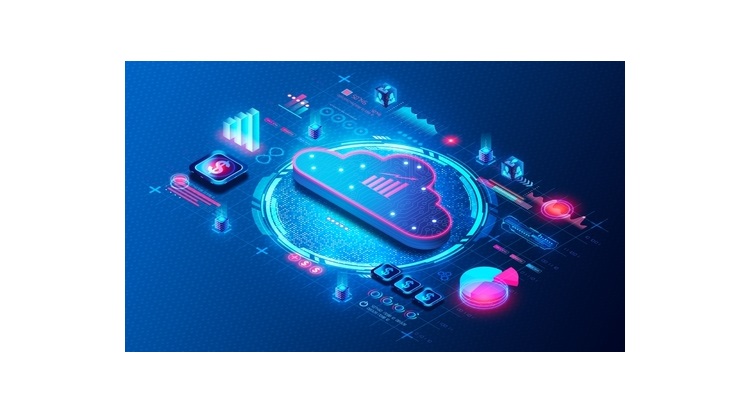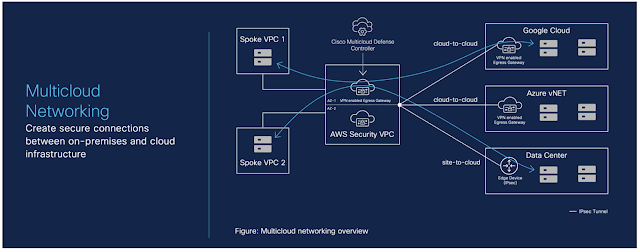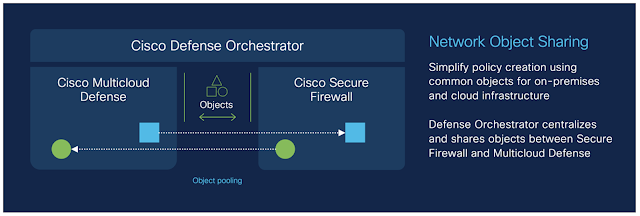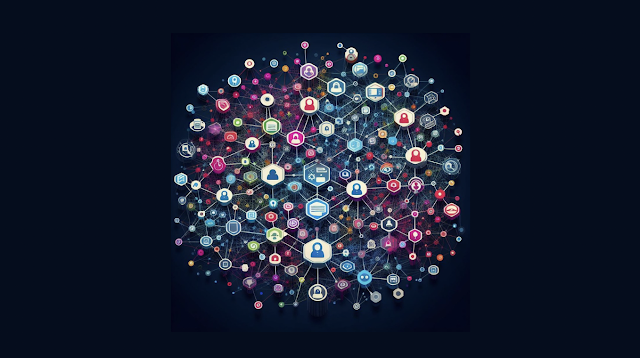Fueling digital transformation success with cost and resource optimization over applications, workloads, and componentsDigital transformation comes with an irony that is not lost on the IT teams. Applications and the digital experiences they enable require cloud-based resources for which costs can easily spiral out of control. Worse, lack...
Tuesday, 14 May 2024
Saturday, 11 May 2024
Secure Firewall & Multicloud Defense: Secure Connectivity With Simplified Policy Across Clouds
Most of our large customers today have datacenters and leverage multiple clouds to maximize flexibility and agility for meeting their business needs. Traditionally, the security for these environments has rested with different teams, each having their own tools and processes. But as our application and IT environments become...
Friday, 10 May 2024
INFRAM24: Measuring your IT strategy and capabilities to drive adoption and improve outcomes
Measuring your IT strategy and capabilities to drive adoption and improve outcomesThe world of healthcare is constantly shifting, and technology is at the spearhead of this continuous transformation. As organizations grapple with the complexities of digital adoption, cybersecurity, and sustainable operations, HIMSS’ Infrastructure Adoption Model (INFRAM) has been...
Thursday, 9 May 2024
Empowering Cybersecurity with AI: The Future of Cisco XDR
In 2007, there was a study from the University of Maryland proving that internet-connected systems were attacked every 39 seconds on average. Today, that number has grown more than 60%. Cisco sees 64 attempts to connect to ransomware infrastructure every second. The world is becoming digitized, and hybrid,...
Saturday, 4 May 2024
Synergizing Advanced Identity Threat Detection & Response Solutions
In an ever-evolving digital landscape, cybersecurity has become the cornerstone of organizational success. With the proliferation of sophisticated cyber threats, businesses must adopt a multi-layered approach to ensure the integrity of their digital assets and safeguard their sensitive information. Two leading players in this space, Cisco’s Duo Security...
Thursday, 2 May 2024
Computing that’s purpose-built for a more energy-efficient, AI-driven future
Just as humans use patterns as mental shortcuts for solving complex problems, AI is about recognizing patterns to distill actionable insights. Now think about how this applies to the data center, where patterns have developed over decades. You have cycles where we use software to solve problems, then...



















